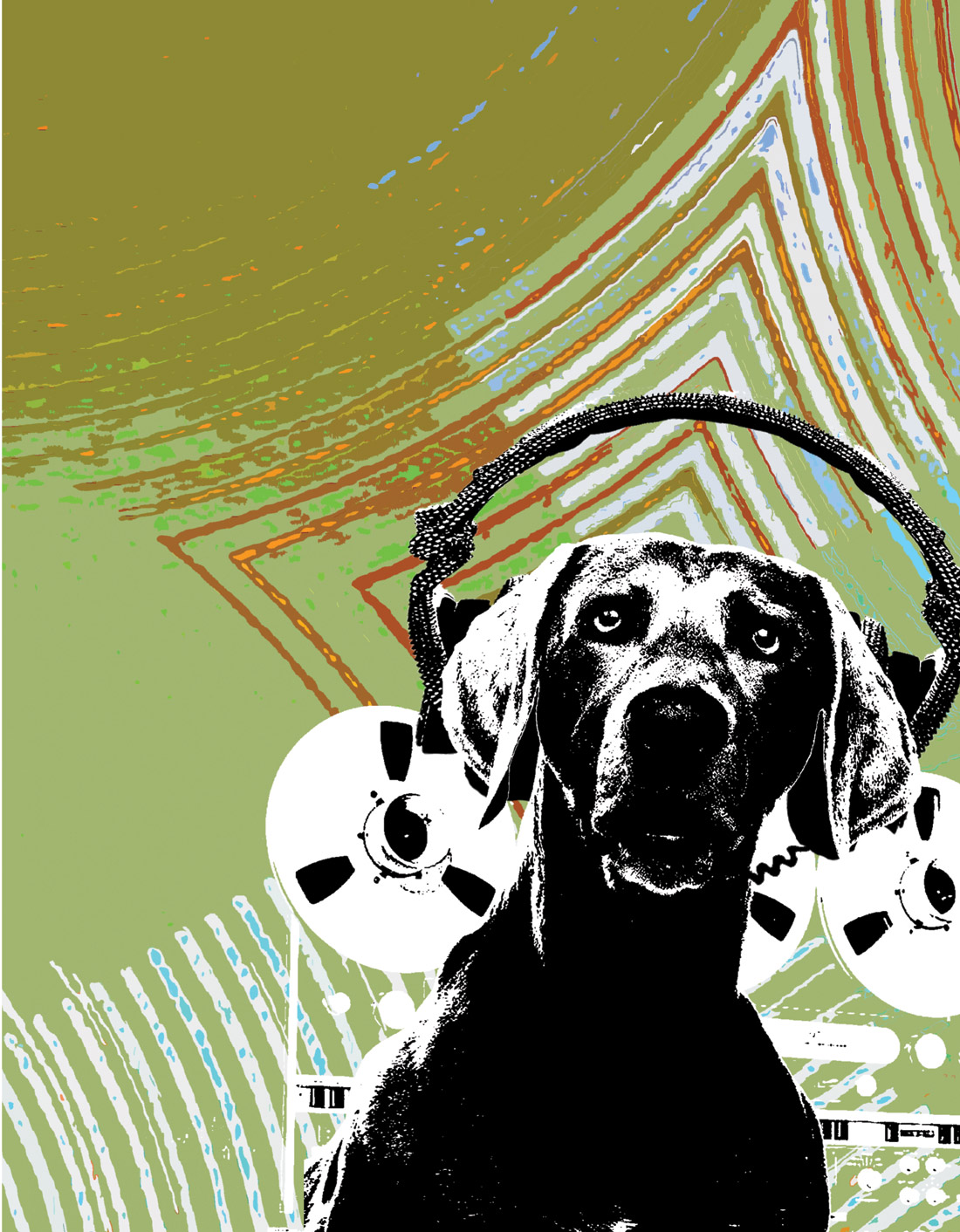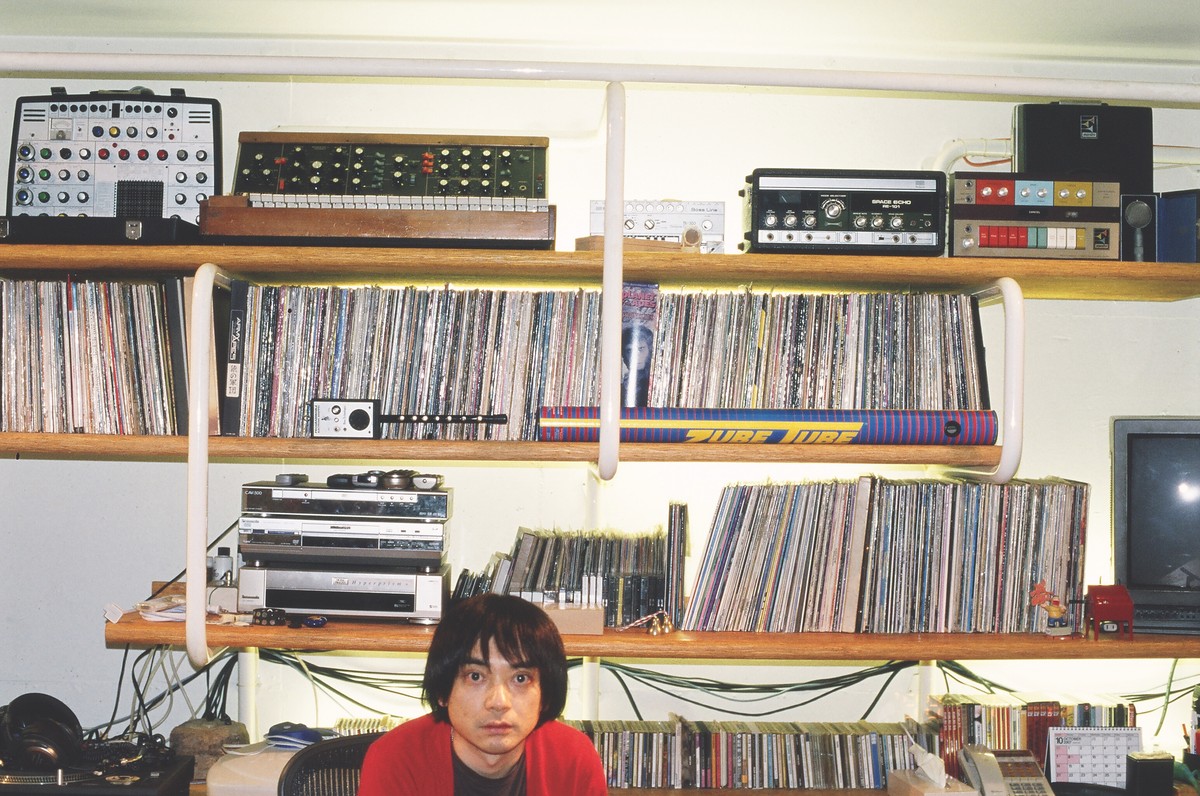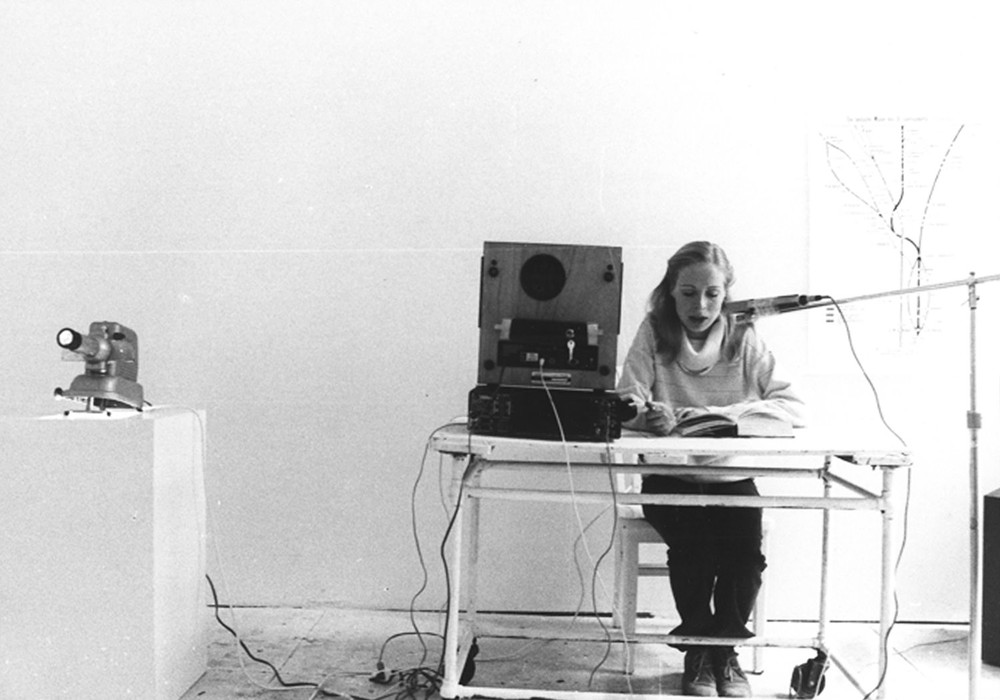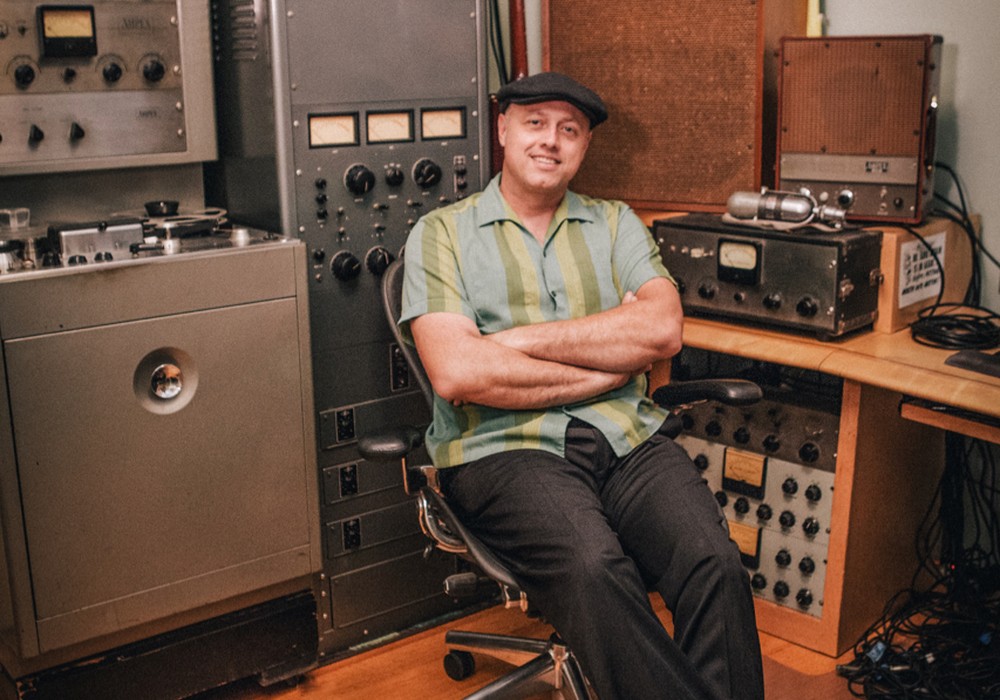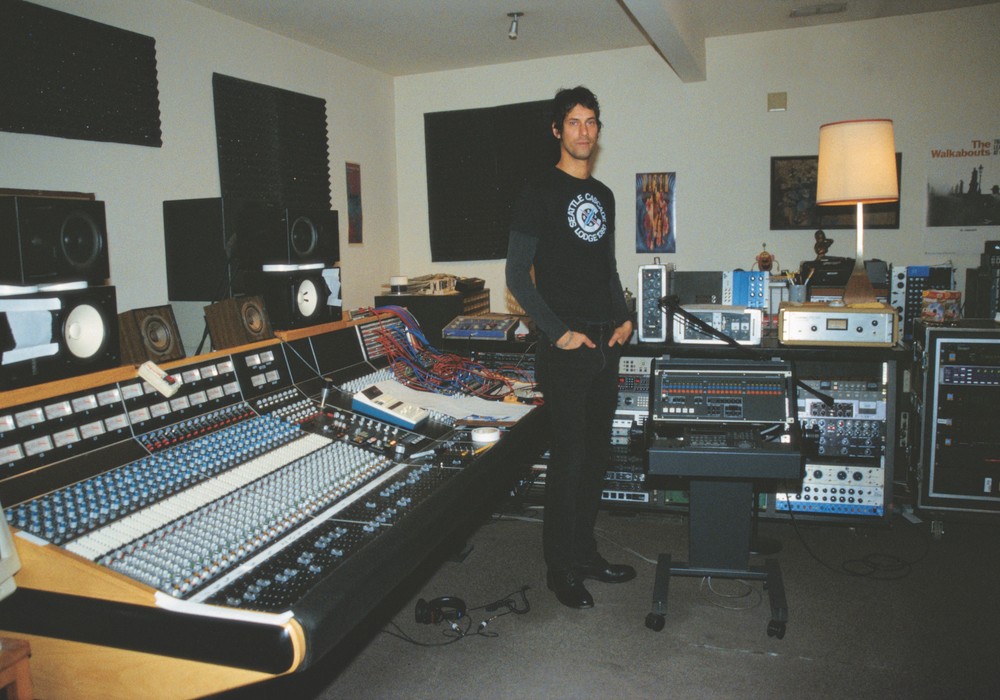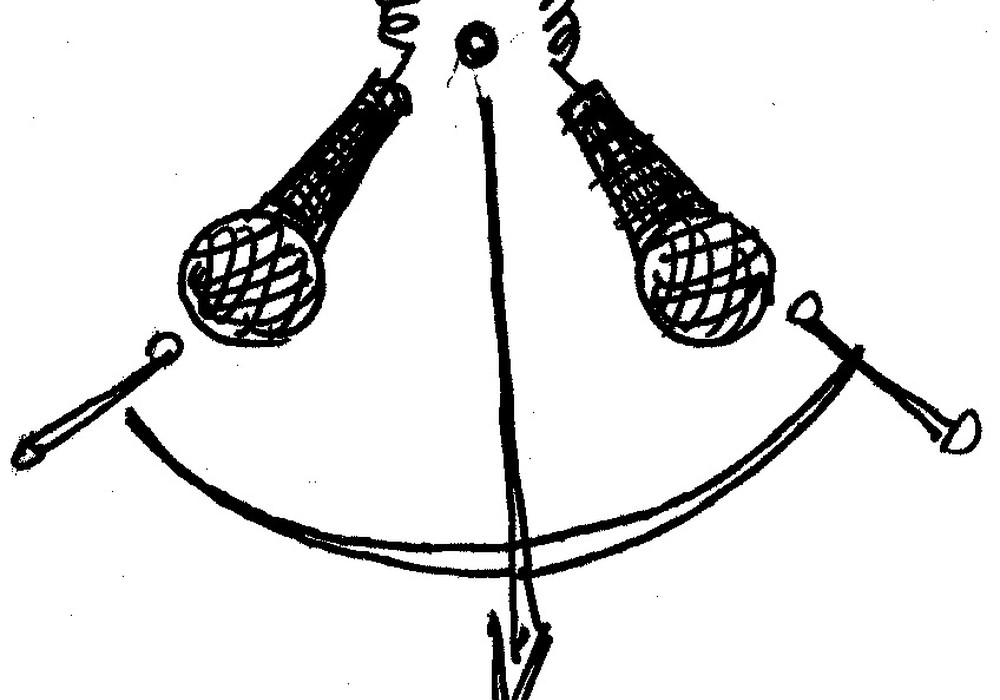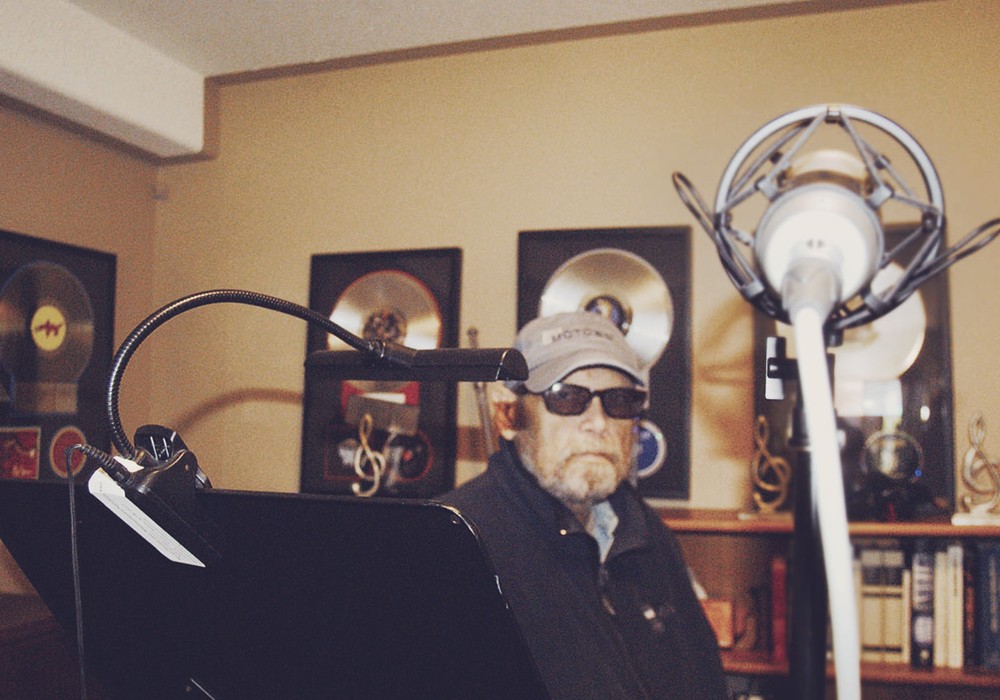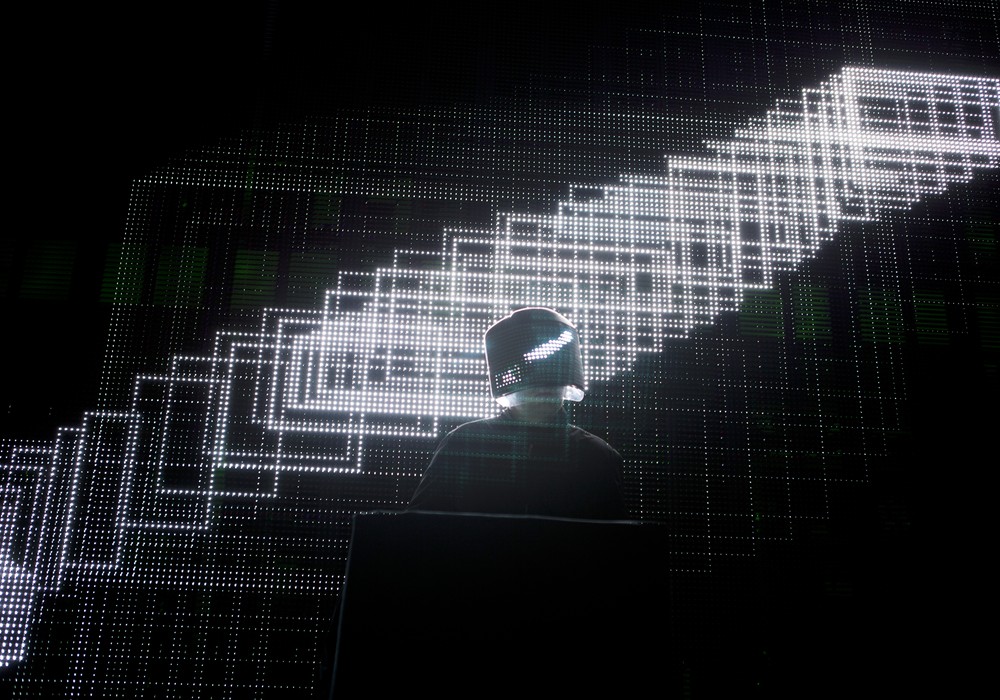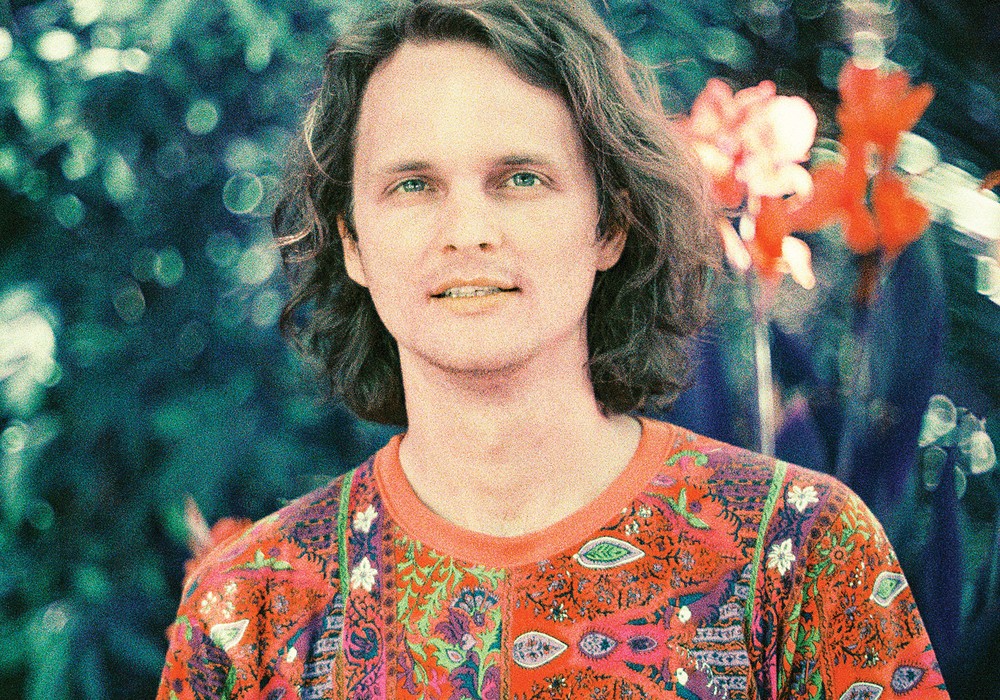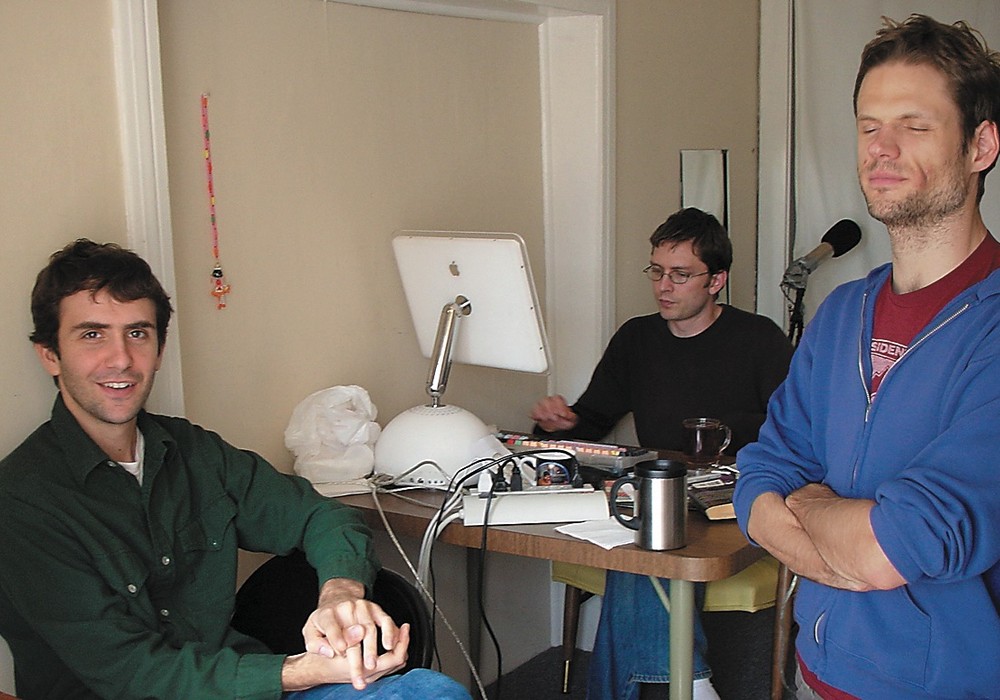Tokyo's style capitol of Naka Meguro has been the long-time base of operations for Japan's foremost musical ambassador of cool, Keigo Oyamada, known to most as Cornelius. I spoke with him at his private space, 3-D Studio. The fact the music that ends up on Oyamada's albums comes from this relatively simple and compact space is truly impressive, if not even mystifying. Entering the studio in socks and slippers, I felt more like I was walking into someone's living room with a sound booth attached to it — complete with bookshelves full of records and CDs, collectable synths, a toy Theremin and an official Bob Moog doll. Oyamada is equal parts die-hard music fan and pop icon, and has never been afraid to show it. Between sessions much of the studio gear and racks at 3-D are tucked away to conserve space. As I looked around I saw no sign of much outboard equipment, audio wiring or a console. An office one floor below the studio acts as the command center for all things Cornelius. Here we spoke about the shift in perspective from the early days of Oyamada's first band, Flipper's Guitar, into working solo as Cornelius, where each detail of his artistic existence is meticulously curated into being.
Could you explain how the transition from your first project, Flipper's Guitar, to Cornelius occurred?
Even before Flipper's Guitar, we played under the name Lollipop Sonic with the same members. There were five people at that time, until the second Flipper's Guitar album [Camera Talk] - which was done by member Kenji Ozawa and myself. The second album went from a full band setup to mainly a duo. We used different players in the studio when recording. The first time we started actually using samplers was for the third album [Doctor Head's World Tower]. We wanted to try and make a sample-collage of sorts. From then on we went ahead as a duo. Then, when I began working as Cornelius, I went back to using other musicians in the studio. From there I got an early hard disk recording setup, and I started to work with my current engineer and sound designer Toyoaki Mishima, mostly here at 3-D. We've had both Pro Tools and Logic systems here, depending on the project.
With later Flipper's Guitar, what was the basis for deciding to move away from a live band arrangement in favor of a more sample-based feel?
For us it was a new avenue of working. Towards the end of Flipper's Guitar until Fantasma [Cornelius' third full-length and debut U.S. album], we sampled both our own live playing and also took various sounds from other records. From the Point album on, that's when I began using just my own performance as a source for samples.
Would you say you've always been interested in getting sounds first, or do you focus more on the music?
In the very beginning, with Lollipop Sonic, we used to basically record and mix on 4-track and 8-track [cassette recorders]. At that time we were pretty much satisfied with more of a lo-fi, indie-pop sound, so when things sounded cheap it wasn't really a problem. But, as time went on, I became more interested in making things sound bigger. The two engineers I work with now are Mishima-san and also Toru Takayama.
Do you do everything from start to finish here at 3-D?
The entire recording, overdubbing and mixing is done here. Sometime we use other studios for checking mixes, because the monitoring situation isn't ideal in here. For the album Point we transferred over the data from Logic to do some pre-mixing on an SSL before making the final changes here. Over the years, the equipment I've gathered has also gotten better. We've seen the studio evolve after each album.
When did you put together your 3-D Studio?
It was about nine years ago in 1998, after Fantasma. We're here every day doing something or other, but recently there've been less late nights, which is a nice change. The thing I'd like most is a fully soundproofed live room or booth. We still can't make a lot of noise here. As far as equipment or gear goes, I think that over the years I've gotten as much as I need for the time being. I'm not addicted to buying studio stuff.
What are some of the things you've learned in the studio over the past few years making records here?
Well, working in the same place really allowed me to try out a variety of different things in the studio. Being able to approach one's artistic vision in a more controlled environment, like this, has been really nice. It's led to my music getting closer to reaching its fullest potential, without a doubt. Step by step we've done things like hang sound [treatment] curtains and change out the power cables to get better monitoring. Being used to this space and continuing to upgrade things here has helped to get the most benefit from these changes. That's almost worth more than just using the same studio all the time, because it forces you to think about your working environment as well as just how you work on the music.
How does playing all your own parts as a multi-instrumentalist change the way you approach songwriting?
More so than working with other musicians, I found that by layering different phrases using digital editing and samplers, I was able...
